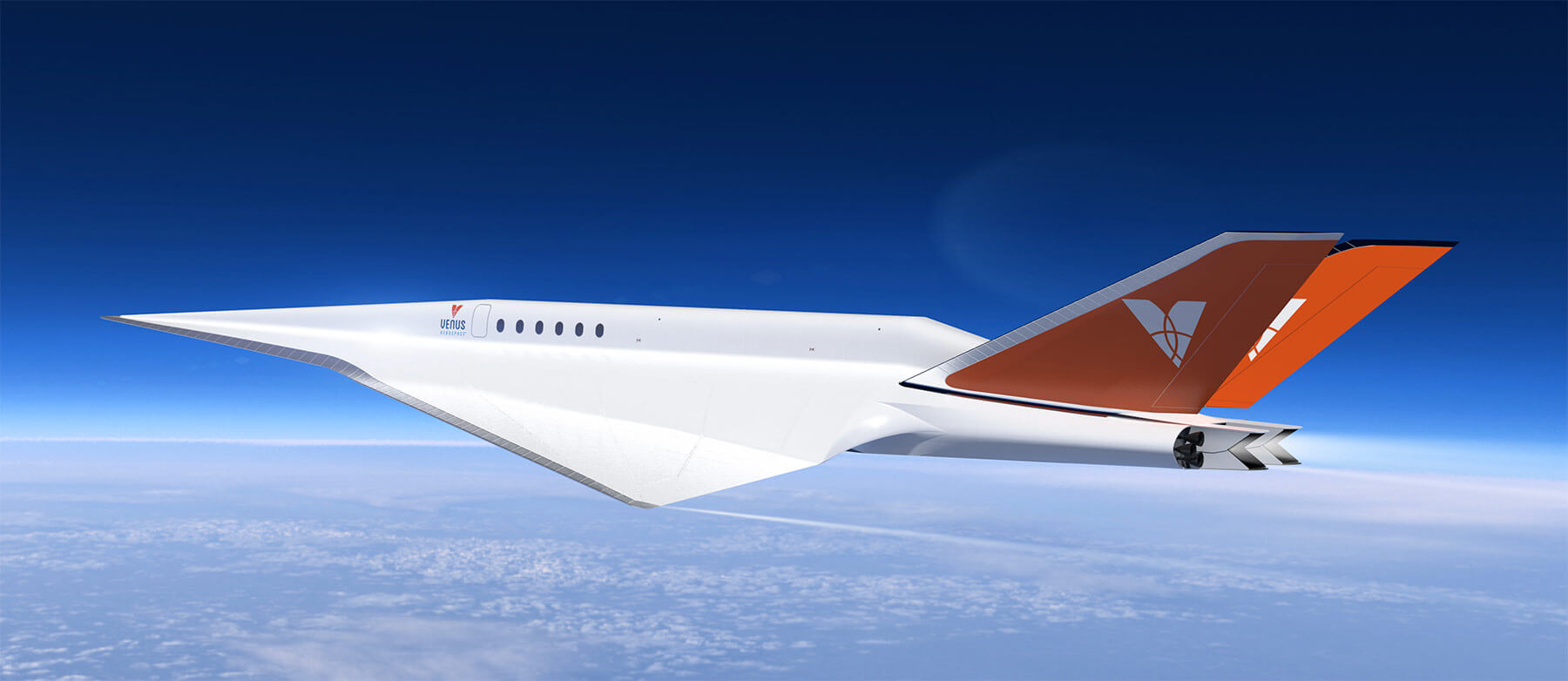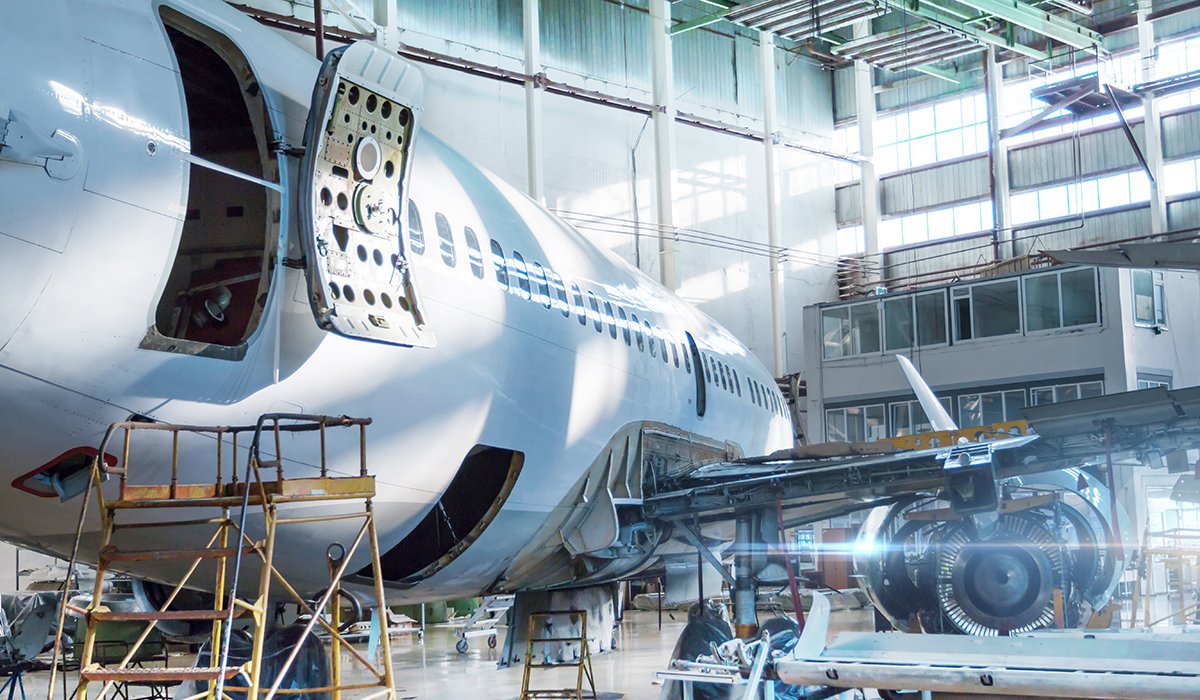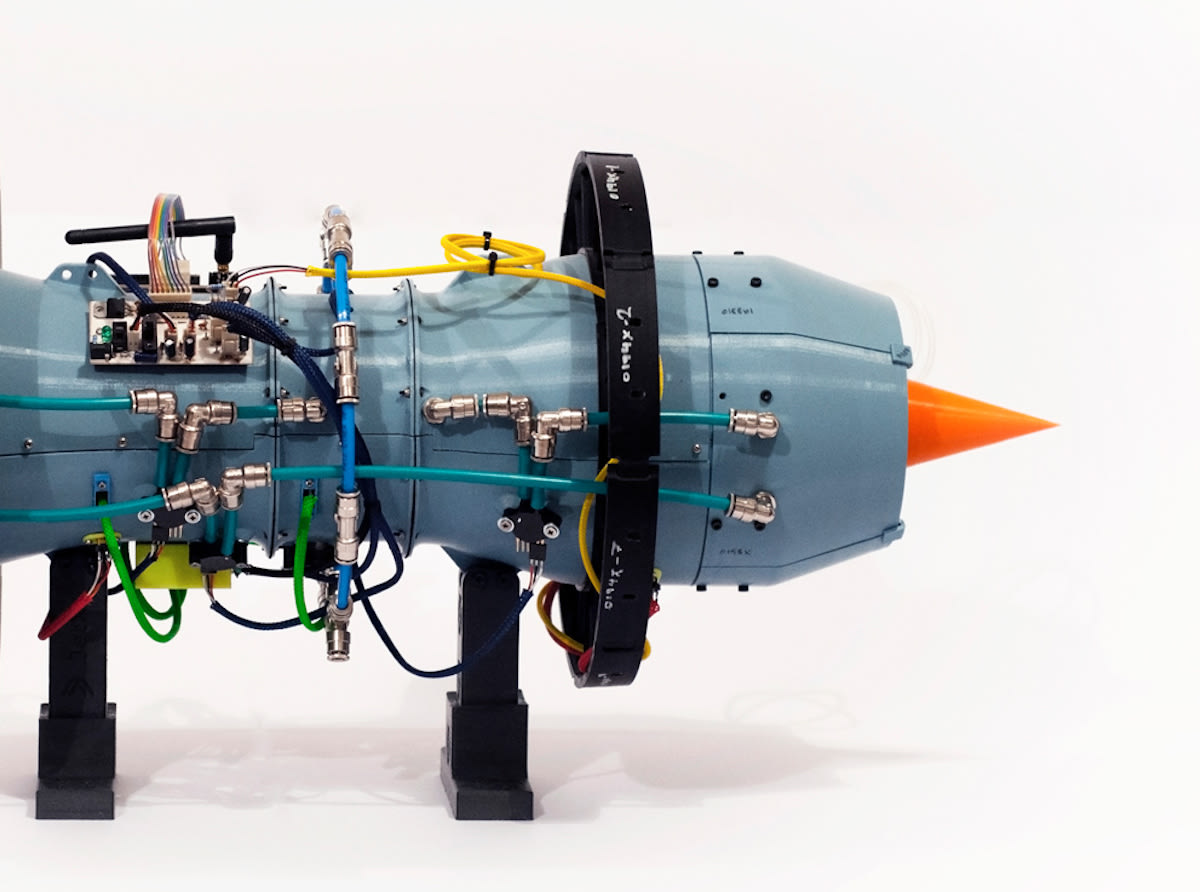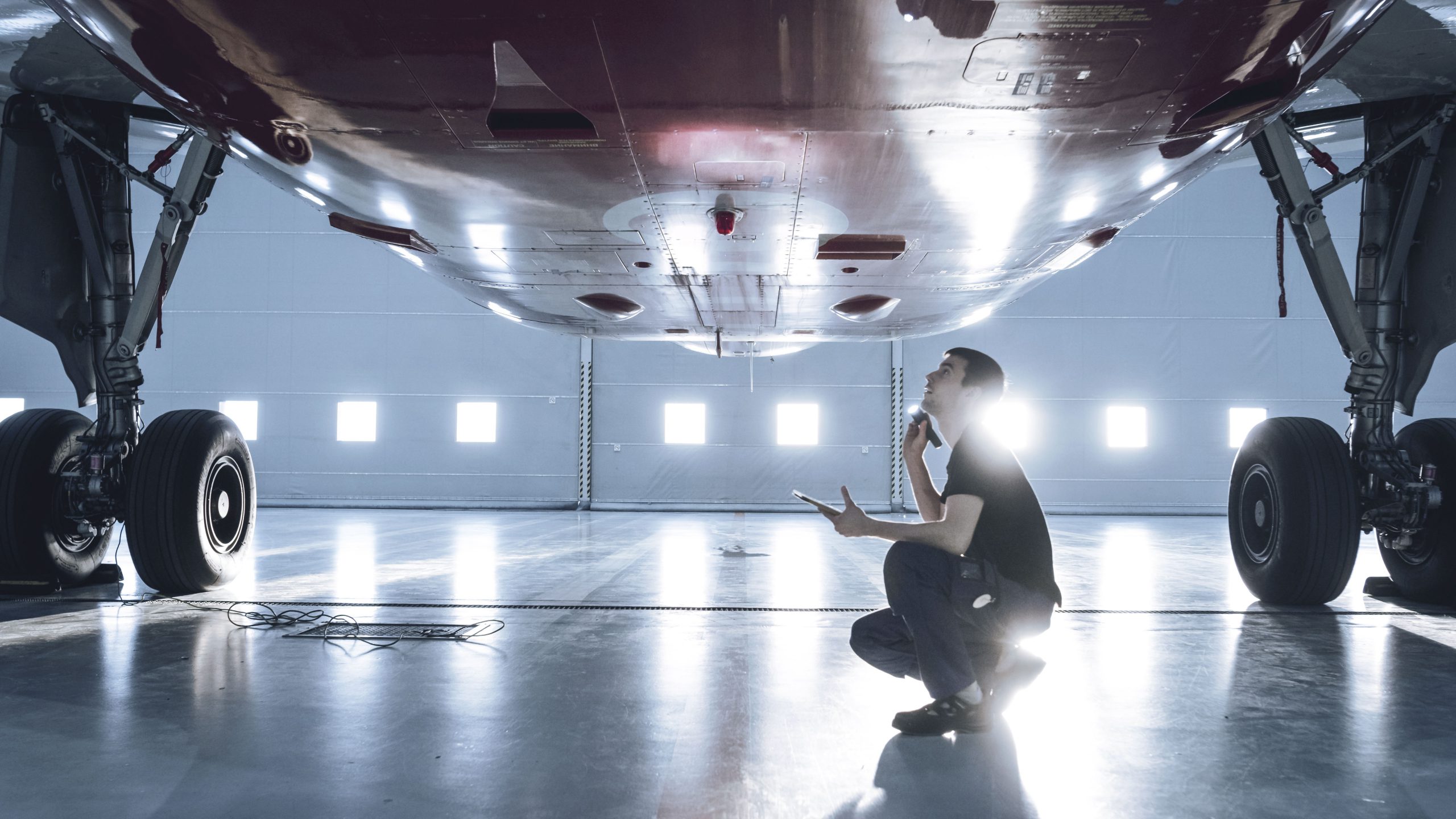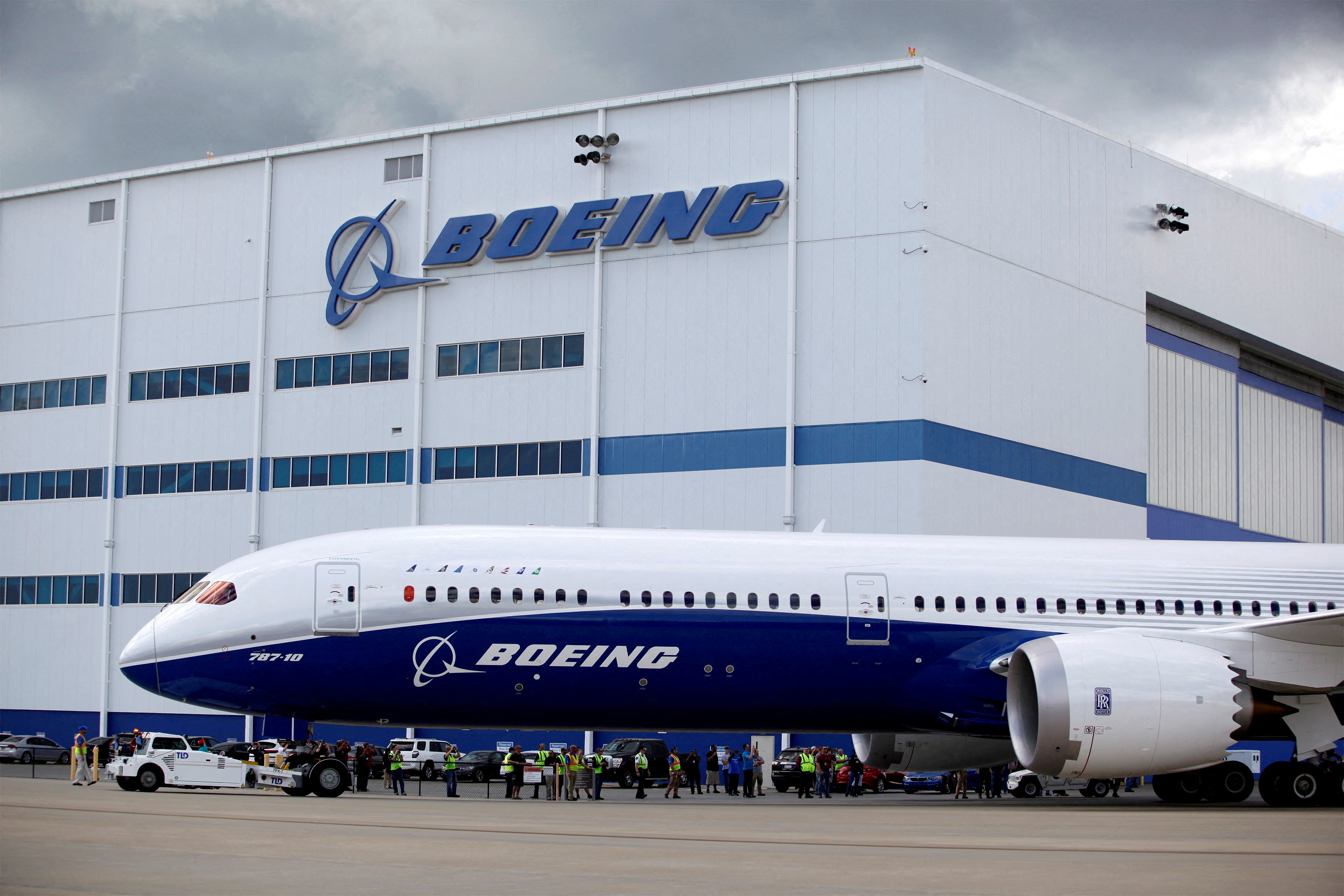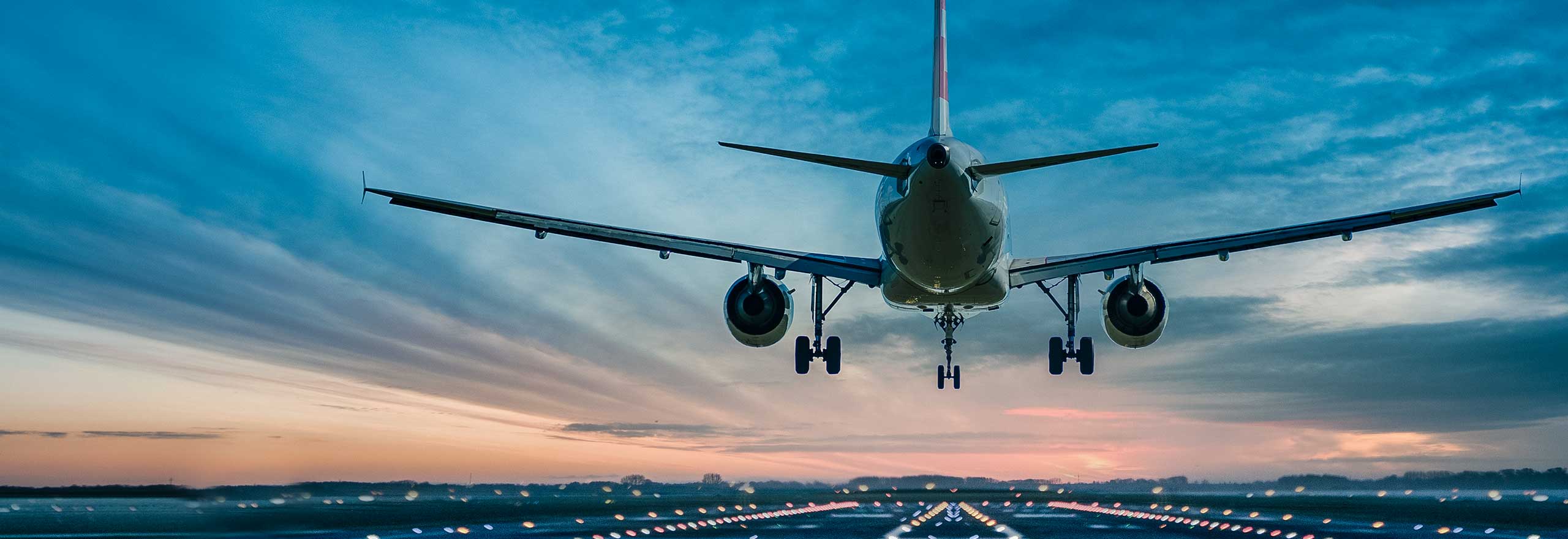
The aerospace industrystands as a testament to human ingenuity and technological prowess. In this article, we delve into the intricate world of aerospace, exploring its history, technological advancements, economic impact, and future prospects. Join us on a journey through the skies of innovation as we unravel the complexities and marvels of this influential sector.
Technological Prowess - The Heartbeat Of Competitiveness
At the core of the aerospace industry lies a fundamental truth: technological progress is its lifeblood. It's the driving force that fuels competitiveness, propelling nations into the forefront of scientific exploration. The industry doesn’t merely keep pace with advancements; it pioneers them. Aerospace firms are the trailblazers, crafting innovations that redefine the limits of human achievement. This relentless pursuit of cutting-edge technology not only elevates the industry but also positions it as a global leader in scientific discovery.
Global Prestige - A Marker Of Economic And Political Eminence
Possession of a thriving aerospace industry signifies more than economic prosperity; it's a badge of political and economic prestige for any nation. Economically, aerospace systems have an unparalleled value per unit weight, making them prized assets in international trade. Politically, the industry symbolizes a nation’s prowess in the realm of science and technology, underscoring its global standing. The ownership of a robust aerospace sector enhances a country's diplomatic leverage and bolsters its position on the world stage.
Global Landscape - Large Firms And International Partnerships
The aerospace industry, one of the world’s largest manufacturing sectors, is characterized by a select number of major firms and a multitude of international partnerships. These collaborations span every conceivable level, from research and development to production. In this intricate web of cooperation, ideas converge, expertise melds, and innovation knows no borders. These partnerships not only foster global harmony but also push the boundaries of what the industry can achieve collectively.
Market Dynamics - Military Establishments And Commercial Airlines
For major aerospace nations, their military establishments, alongside foreign militaries, constitute the industry's primary patrons. These entities drive demand, pushing the industry to constantly evolve its technologies and capabilities. Following closely are the world’s commercial airlines, particularly those in North America, Europe, and the Asia-Pacific region. In these markets, aviation technology transforms the way people travel, fostering global connectivity and economic growth.
American Dominance And Global Challenges
The United States stands tall as the epicenter of the aerospace world. With its vast industrial complex, American companies have historically led the charge. Their expertise not only caters to domestic needs, with the government being a significant procurer of military systems, but also extends globally. As of 2017, American firms constituted nearly half of the industry. However, the landscape is shifting. Non-American companies are aggressively expanding their foothold, challenging the traditional dominance. Today, a global race ensues, with firms worldwide vying for a larger share of the aerospace market.
Historical Perspective - A Journey Through The Skies
The story of the aerospace industry is a saga that begins with the audacious dreams of visionaries and the unyielding spirit of pioneers. It is a tale etched in the clouds, where the triumphs of the past pave the way for the soaring aspirations of the future.
Birth Of Flight - The Wright Brothers And Beyond
In the annals of history, the year 1903 stands as a monumental milestone. It was the year when the Wright brothers, Orville and Wilbur, defied gravity and achieved the first powered, controlled, and sustained flight. Their iconic aircraft, the Wright Flyer, became the catalyst that ignited the aviation revolution. With sheer determination and aeronautical brilliance, the Wright brothers opened the skies to humanity, setting the stage for the birth of the aerospace industry.
The Space Race - Reaching For The Stars
The mid-20th century ushered in an era of unprecedented scientific exploration: the Space Race. Fueled by political rivalry and the desire to conquer the cosmos, nations embarked on a race to the moon. In 1969, humanity’s collective dream materialized when Apollo 11 landed on the lunar surface, marking a giant leap for mankind. This historic achievement not only solidified the United States' position as a leader in space exploration but also inspired generations to look to the heavens with wonder and curiosity.
Supersonic And Hypersonic Marvels
As the years progressed, the aerospace industry dared to dream beyond the ordinary. The development of supersonic and hypersonic aircraft became emblematic of humanity’s relentless pursuit of speed and innovation. The iconic Concorde, a supersonic marvel, soared across the Atlantic, bridging continents and cultures at unprecedented velocities. In the 21st century, the pursuit of hypersonic flight pushed the boundaries of aeronautical engineering, promising travel at speeds faster than the sound itself. These achievements not only revolutionized air travel but also showcased humanity’s mastery over aerodynamics and materials science.
Boundaries Pushed, Horizons Expanded
Each milestone in the aerospace industry's history represents a triumph of human intellect and courage. These achievements are not mere conquests of the skies but victories over the limitations of nature and the barriers of imagination. The spirit of innovation that birthed the first flight with the Wright brothers and the awe-inspiring moon landings continues to fuel the industry’s quest for excellence.
These accomplishments serve as beacons of inspiration, guiding future generations of engineers, scientists, and dreamers. The legacy of the aerospace industry is not just in the metal birds that grace our skies or the spacecraft that venture into the cosmos. It resides in the minds of those inspired to pursue the impossible, in classrooms where young minds are ignited with the passion for aviation and space, and in the collective dream of humanity to explore the unknown.
Technological Marvels - The Evolution Of Aerospace Engineering
The aerospace industry stands as a testament to the relentless pursuit of innovation, where each era introduces marvels that redefine the art of flying. From the simplicity of propellers to the sophistication of jet engines, the industry's evolution has been nothing short of revolutionary, ushering in an era of faster, safer, and more efficient air travel.
Propellers To Jet Engines - A Paradigm Shift In Aviation
The transition from propeller-driven aircraft to jet engines represented a paradigm shift that reverberated across the skies. Jet engines, with their powerful thrust generated by the expulsion of high-speed exhaust gases, allowed airplanes to break the sound barrier and venture into the realm of supersonic flight. This transformative leap not only drastically reduced travel time but also enhanced the overall efficiency of aircraft, making air travel more accessible to people worldwide. It marked the birth of the jet age, where the speed of sound was no longer a barrier but a challenge to overcome.
The Rise Of Cutting-Edge Technologies
In the contemporary landscape of aerospace engineering, the industry continues to be driven by cutting-edge technologies that push the boundaries of what is possible. Composite materials, engineered from a blend of polymers and fibers, have revolutionized aircraft construction. These materials are not only incredibly lightweight but also possess unmatched strength, enabling the design of aircraft that are both robust and fuel-efficient.
3D printing, another groundbreaking innovation, has transformed the manufacturing process. It allows for the creation of intricate components with unmatched precision, reducing waste and production time. Aerospace engineers utilize this technology to craft complex parts, enhancing the overall performance and safety of aircraft and spacecraft.
Artificial intelligence (AI) has emerged as a game-changer in aerospace design and operations. AI algorithms analyze vast amounts of data, enabling predictive maintenance, optimizing flight routes, and enhancing pilot training programs. Machine learning algorithms learn from flight patterns and operational data, allowing for continuous improvement in safety protocols and fuel efficiency. These applications of AI not only improve operational efficiency but also bolster passenger safety, making air travel more secure than ever before.
Fuel Efficiency, Environmental Sustainability, And Passenger Safety
One of the industry’s primary focuses has been on enhancing fuel efficiency and reducing the environmental impact of air travel. Technological innovations have led to the development of engines that burn fuel more efficiently, reducing emissions and lowering the industry’s carbon footprint. Additionally, advancements in aerodynamics and lightweight materials contribute to increased fuel efficiency, making air travel more environmentally sustainable.
Furthermore, passenger safety has reached unprecedented levels due to advancements in technology. Aircraft are equipped with state-of-the-art avionic systems, including collision avoidance systems, weather radar, and automated landing systems. These technologies provide pilots with real-time data, ensuring safe navigation even in challenging conditions.
Economic Impact - Wings Of Prosperity For The Global Economy
The aerospace industry stands as a formidable economic powerhouse, with its influence reverberating across nations and continents. With an unmatched capacity for innovation and a commitment to excellence, this industry not only generates staggering revenues but also fuels employment, research, and development, shaping the global economic landscape.
A Catalyst For Economic Growth
At the heart of the aerospace industry lies a robust economic engine, churning out billions of dollars in revenue annually. This financial prowess doesn’t merely reside within the balance sheets of industry giants like Boeing, Airbus, and Lockheed Martin; it permeates entire economies. The industry’s contribution to the global GDP is undeniable, fostering economic growth in both developed and developing nations.
Job Creation And Employment Opportunities
The aerospace industry is a prolific job creator, offering employment opportunities to a diverse workforce. Skilled engineers, technicians, researchers, and administrative professionals find meaningful employment within this dynamic sector. Major corporations provide stable jobs, offering financial security to thousands of families. Moreover, the industry's growth stimulates demand for ancillary services, creating a ripple effect of employment across various sectors, from manufacturing to hospitality.
Research And Development - Nurturing Innovation
Innovation is the lifeblood of the aerospace industry. Research and development initiatives within this sector pave the way for groundbreaking technologies and engineering marvels. The quest for efficiency, safety, and sustainability drives continuous innovation, resulting in advancements that transcend the aerospace field and find applications in diverse sectors. This relentless pursuit of progress not only propels the industry forward but also fosters a culture of innovation that permeates global economies.
SMEs And Specialized Expertise
While major corporations dominate the industry landscape, the aerospace sector is a mosaic of talent and expertise. Small and medium-sized enterprises (SMEs) play a vital role, contributing specialized knowledge and skills. These enterprises, often agile and innovative, are instrumental in the development of niche technologies and components. Their contributions enhance the industry's overall capabilities, promoting diversity and fostering a competitive environment.
Supply Chain Amplification - Strengthening Interconnected Economies
The aerospace industry's influence extends far beyond its immediate boundaries. Its vast supply chain encompasses a multitude of sectors, from raw materials and manufacturing to logistics and services. This interconnected network strengthens economies by creating demand and ensuring the viability of various industries. The industry’s reliance on diverse suppliers and service providers fosters collaboration, encouraging growth in ancillary sectors and promoting economic resilience.
Finance In The Aerospace Industry - Charting Economic Flight Paths With Precision
In the vast expanse of the aerospace industry, where innovation meets ambition, finance emerges as the strategic compass guiding the sector’s economic journey. The fusion of financial acumen and technological prowess not only propels aerospace companies to new heights but also shapes the global economic landscape. Let's navigate the intricate terrain where finance and aerospace intersect, exploring the profound implications this synergy has on the industry and beyond.
Financial Strategies - Fueling Aerospace Advancements
In the ever-evolving aerospace arena, financial strategies serve as the lifeblood that sustains research, development, and production.
Whether it’s designing cutting-edge aircraft, pioneering space exploration missions, or investing in revolutionary technologies, substantial financial resources are essential. Aerospace companies, both colossal corporations and nimble startups, rely on astute financial planning to fund ambitious projects. These strategies not only enable the development of groundbreaking innovations but also foster an environment where risk-taking and experimentation flourish.
Investment And Market Dynamics
Investment plays a pivotal role in shaping the aerospace industry’s trajectory. Investors, ranging from institutional giants to individual enthusiasts, allocate capital based on market trends, technological innovations, and geopolitical factors. The ebb and flow of investments influences research priorities, production schedules, and the overall competitiveness of aerospace companies. As financial markets respond to global events, strategic investments in aerospace can bolster economies, create jobs, and stimulate technological progress.
Global Economic Impact
The aerospace industry’s financial footprint extends far beyond the balance sheets of individual companies. It resonates deeply in the economies of nations and regions. Robust aerospace sectors contribute significantly to GDP, fostering economic stability and growth. Job creation within aerospace, spanning engineering, manufacturing, and administrative roles, bolsters the labor market. Moreover, the industry’s supply chain integrates diverse sectors, amplifying its economic impact across a spectrum of businesses, from small enterprises to multinational corporations.
Innovation Financing - Research, Development, And Sustainability
Innovation is the cornerstone of the aerospace industry, driving advancements that redefine the possibilities of flight and space exploration. Financial instruments, including venture capital, research grants, and public-private partnerships, fuel these innovative endeavors. Financing research and development initiatives ensure the industry stays at the forefront of technological innovation. Furthermore, sustainable finance practices are increasingly becoming a focus, aligning the aerospace industry with global efforts to mitigate climate change. Investments in eco-friendly technologies and green initiatives are pivotal for both environmental stewardship and long-term economic viability.
Navigating The Future - AI-Driven Financial Strategies
In the ever-changing landscape of finance, artificial intelligence (AI) emerges as a transformative force. AI-driven algorithms analyze market trends, assess risks, and optimize investment portfolios with unprecedented precision. As the aerospace industry explores AI applications in flight operations, predictive maintenance, and supply chain management, it also benefits from AI-powered financial strategies. By visiting Washington Independent, you can delve deeper into how AI is revolutionizing personal finance and explore the potential synergies between AI-driven financial strategiesand the aerospace industry’s economic resilience.
Aerospace Industry - People Also Ask
What Is Aerospace Company Do?
An aerospace company is an organization involved in the design, development, manufacturing, and maintenance of aircraft, spacecraft, and related systems and equipment. These companies are engaged in various aspects of the aerospace industry, including commercial and military aviation, space exploration, satellite technology, and defense systems. Aerospace companies design and produce airplanes, helicopters, drones, spacecraft, satellites, propulsion systems, avionics, and other components that are used for both civil and defense purposes.
Is Aerospace And Aviation Industry The Same?
While related, aerospace and aviation are not exactly the same. The aviation industry specifically pertains to the design, manufacturing, operation, and maintenance of aircraft, including airplanes and helicopters, for civilian and military purposes. It deals with the study of flight and the technology used for aircraft.
On the other hand, aerospace encompasses a broader scope. It includes not only aviation but also the design, development, and production of spacecraft, satellites, and related systems used in space exploration and satellite technology. Aerospace engineering involves the study and application of advanced technologies for both atmospheric and outer space flight.
In essence, aviation is a subset of aerospace, focusing on activities within Earth's atmosphere, whereas aerospace includes aviation and extends into the realm of space.
What Is The Largest Aerospace Industry In The World?
The U.S. aerospace industryis renowned for its innovation, research and development, and production capabilities, making it a leader in both civil and defense aerospace technologies.
Conclusion
The aerospace industry continues to captivate the human imagination, driving us to explore the unknown and push the boundaries of what is achievable. As technological advancements accelerate and global collaboration expands, the industry is poised for a future characterized by innovation, sustainability, and unparalleled discovery. Join us as we gaze skyward, where the aerospace industry continues to inspire generations, shaping a future where the sky is not the limit, but only the beginning.
